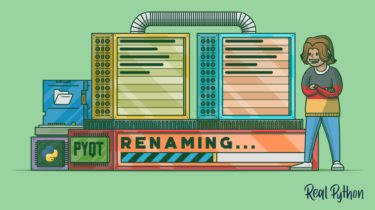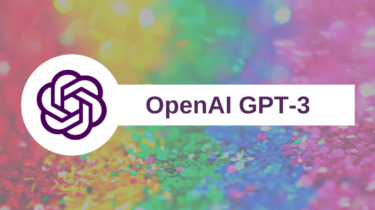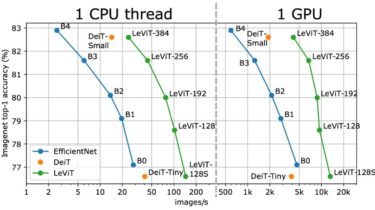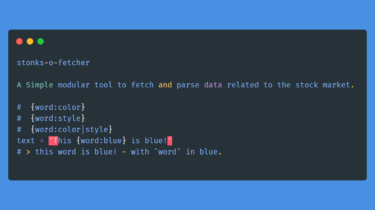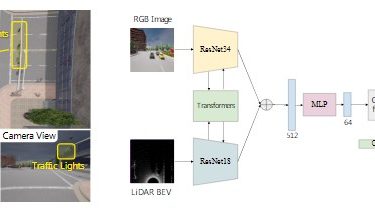Build a Bulk File Rename Tool With Python and PyQt
Say you need to rename multiple files in your personal folder using a specific naming pattern. Doing that manually can be time-consuming and error-prone. So, you’re thinking of automating the file renaming process by building your own bulk file rename tool using Python. If so, then this tutorial is for you. In this tutorial, you’ll learn how to: Create the GUI for a bulk file rename tool using Qt Designer and PyQt Use PyQt threads to offload the file renaming […]
Read more